Table of Contents Show
Boondocking safety is a topic that needs more airtime in the RV world. Whether you’re new to boondocking or an expert, some tips could save your life. Camping without hookups on dispersed public land away from other people is a lot of fun but also requires some street smarts. Let’s dive into boondocking safety tips for all RVers.
Is Boondocking Dangerous?
Danger can lurk anywhere. Whether you’re boondocking or staying in a campground, there are hazards. However, boondocking can be less dangerous than campgrounds. Theft is more likely to happen in a campground. A thief will more quickly target a campground than a forest in the middle of nowhere.
On the contrary, safety is one of the reasons that RVers boondock. You can camp away from others. But it’s still essential to know boondocking safety tips and practice them regularly.
15 Boondocking Safety Tips
Check out these 15 boondocking safety tips and implement them into your RV practices. Let’s take a closer look.
1. Plan Ahead
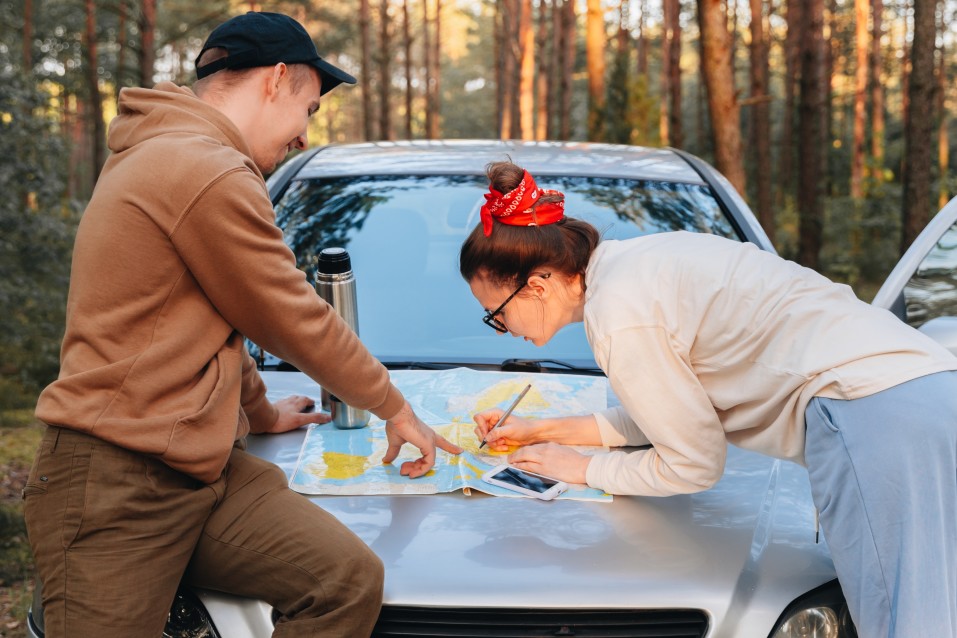
One of the exciting aspects of boondocking with your RV is the lack of campground reservations you have to make. However, it’s still important to plan. What if your RV is too big for the boondocking spot you were hoping to stay at?
Ensure you know where you’re going and have a couple of backup plans if the place isn’t what you expected. For example, there’s a chance you could arrive at the spot and find it full or inaccessible due to rain.
Pro Tip: We drastically improved our RV trip planning with this invaluable tool.
2. Read Reviews
Many boondocking spots, or at least the general area, will have reviews on RVing websites and apps. Campendium is one website to go to for reviews of public land boondocking spots. Reviews left by other RVers will give you a good overview of the location and whether RVers ran into any problems. If there are more negative than positive reviews, it’s probably good to stay away.
3. Arrive Before Dark
Arrive at your boondocking spot well before the sun goes down. Having time to feel out the area and find where you’re going to park will alleviate some stress. Or, if the spot doesn’t feel right, you can use the remaining light to find somewhere else. We recommend trying to arrive in the mid-afternoon to look around and set up.
Pro Tip: Set a travel standard for yourself so you don’t show up to a campsite burnt out from long drive days or after dark. We suggest traveling by the 2/2/2 rule.
4. Trust Your Gut
A critical factor in boondocking safety is trusting your gut. If you pull into an area where you’re planning to boondock and it doesn’t feel right, leave. You don’t need an explanation for the feeling. More often than not, you can feel that something is off or dangers are lurking. Listen to that and err on the side of caution. For example, if other people are boondocking nearby and you’re getting a negative vibe, take it seriously.
5. Let Someone Know Your Location
Keep someone in the loop about your travel locations. You might consider sharing a Google calendar with a friend. Include your locations, GPS coordinates, and other relevant information. This ensures that if you’re out of contact longer than expected, someone knows where you are.
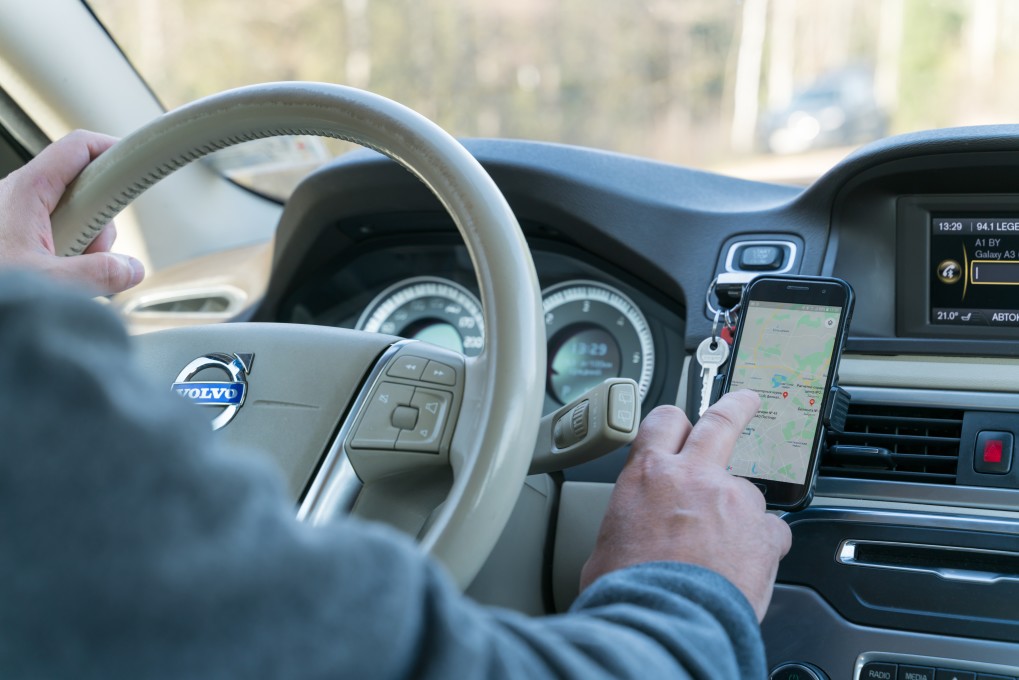
6. Know Your GPS Coordinates for EMS
If you get hurt or have any sort of health emergency, know your GPS coordinates so that you can relay them to the EMS. We recommend writing the coordinates down on a piece of paper or putting them in your phone. If you’re boondocking alone, it’s a good idea to carry the coordinates with you at all times.
7. Know the Closest Urgent Care or Emergency Room and Local 911 Numbers
When choosing a place to boondock, learn where the closest urgent care or emergency room is. Put a pin on Google Maps or your GPS so you can find it quickly if needed. It’s also smart to enter local emergency phone numbers into your phone for quick access. Getting hurt while boondocking is much different from an injury in a campground with many people around. You may need to rely on 911.
8. Park Facing the Exit
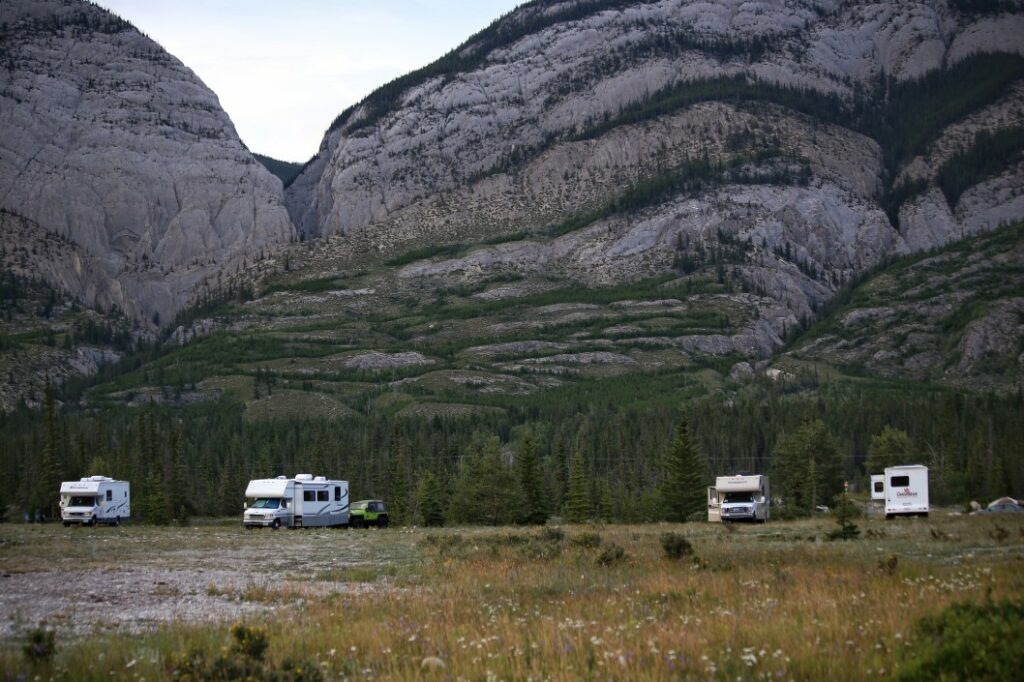
Once you settle on your campsite, park facing the exit. When you’re boondocking in a field, point your RV toward the exit point or road going out. This maneuver allows you to leave quickly if you’re in danger. It’s kind of like what they say when you’re in large crowds: always know where your exits are in case of a fire.
9. Use Security Precautions
Boondocking safety can include using security features such as motion lights, door and window alarms, and more. You can purchase equipment in hardware stores or online. We recommend implementing similar security that you would in a house. Traveling with a dog is also a great way to deter people from approaching your RV.
Pro Tip: We’ve already put together a list of practical safety products to give you some added peace of mind on the road.
10. Sleep with Your Keys Nearby
Keep your keys nearby, even when you’re sleeping, in case you need to make a quick exit. RVers often have a keyring holder near the door, but that’s not the safest place to leave your keys. If someone were to break in through your door, it would be the first thing they would see and grab. Don’t make things easy for an intruder.
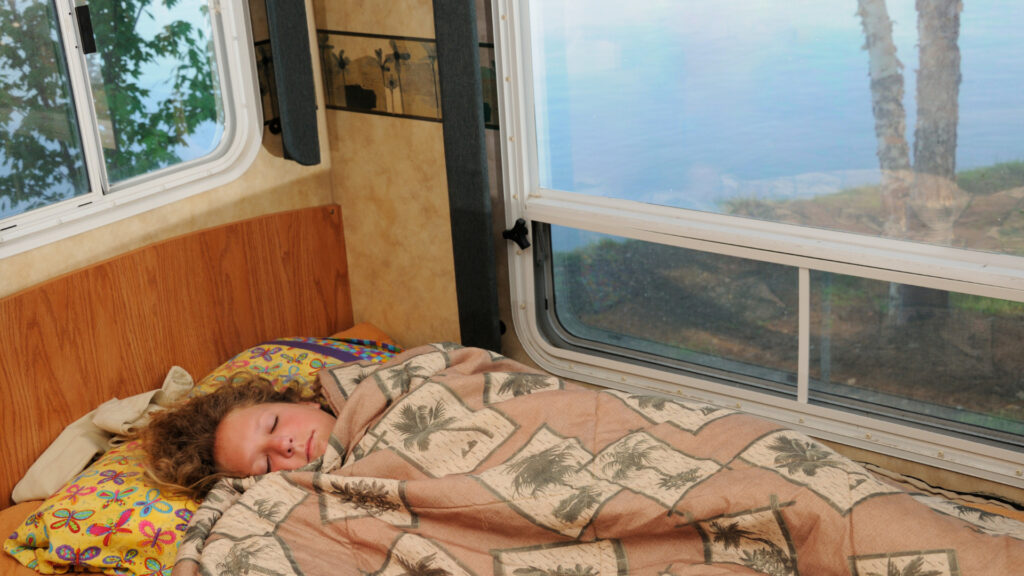
Lock up and hide your valuables overnight and whenever you’re not using them. A safe is a good option for keeping your valuables hidden. Just be sure to bolt the safe to your RV or secure it in a way that prevents someone from picking it up and walking away with it.
12. Be Observant
Observe your surroundings from the minute you drive into the area where you’ll be boondocking. Know what’s around you. Are there animals, people, buildings, forests, etc.? Take a mental inventory and stay observant throughout your stay. If anything seems off, implement your safety procedures.
13. Keep Mace or Bear Spray Handy
Some of the best boondocking spots are in the wilderness. Wildlife exists in these areas. Keep mace or bear spray handy in case you run into an animal that could harm you. Learn what kind of wildlife could be in the area and how to protect yourself should you encounter them.

14. Don’t Open Your Door at Night
Keep your door locked at night, and don’t open it for anyone unless you invited them. Also, keep your alarm on if you have one. The mace or bear spray is a good safety resource inside your RV as well. If there’s an intruder, you could use the spray as a defense weapon.
15. Have a Plan B and Even C
Have multiple backup plans when boondocking. You may need a plan B or C because of a dangerous situation, inclement weather, or a medical situation. Go back to tip number one on our list. Planning is vital for boondocking safety.
Stay Safe When Boondocking with These Safety Tips
You should take boondocking safety seriously. As long as you implement these tips, you can have worry-free boondocking experiences. It’s such a fun way to RV. We hope you get out there and explore. What are your safety tips for boondocking?




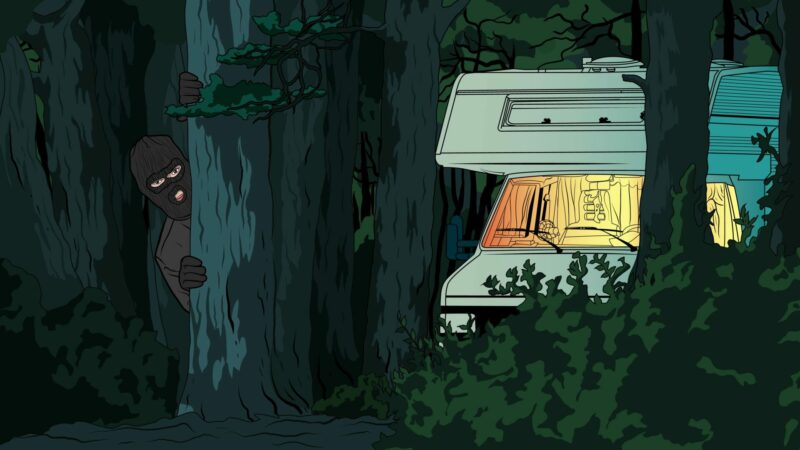
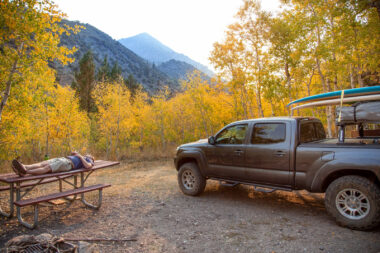

Hello!!! You guys have written some good articles . This one is Excellent! Keep them coming!